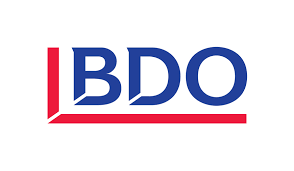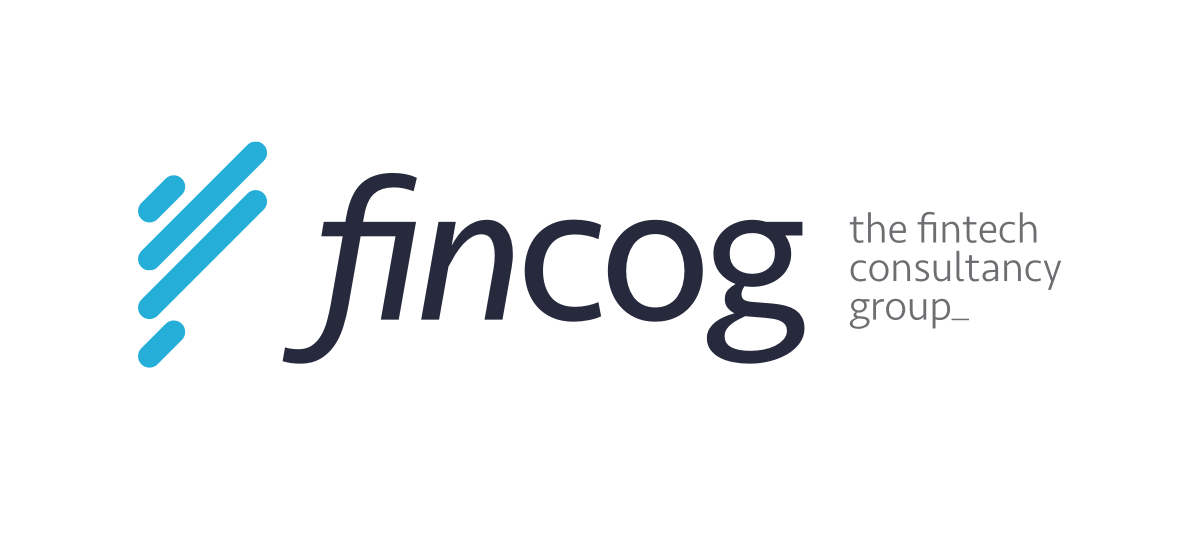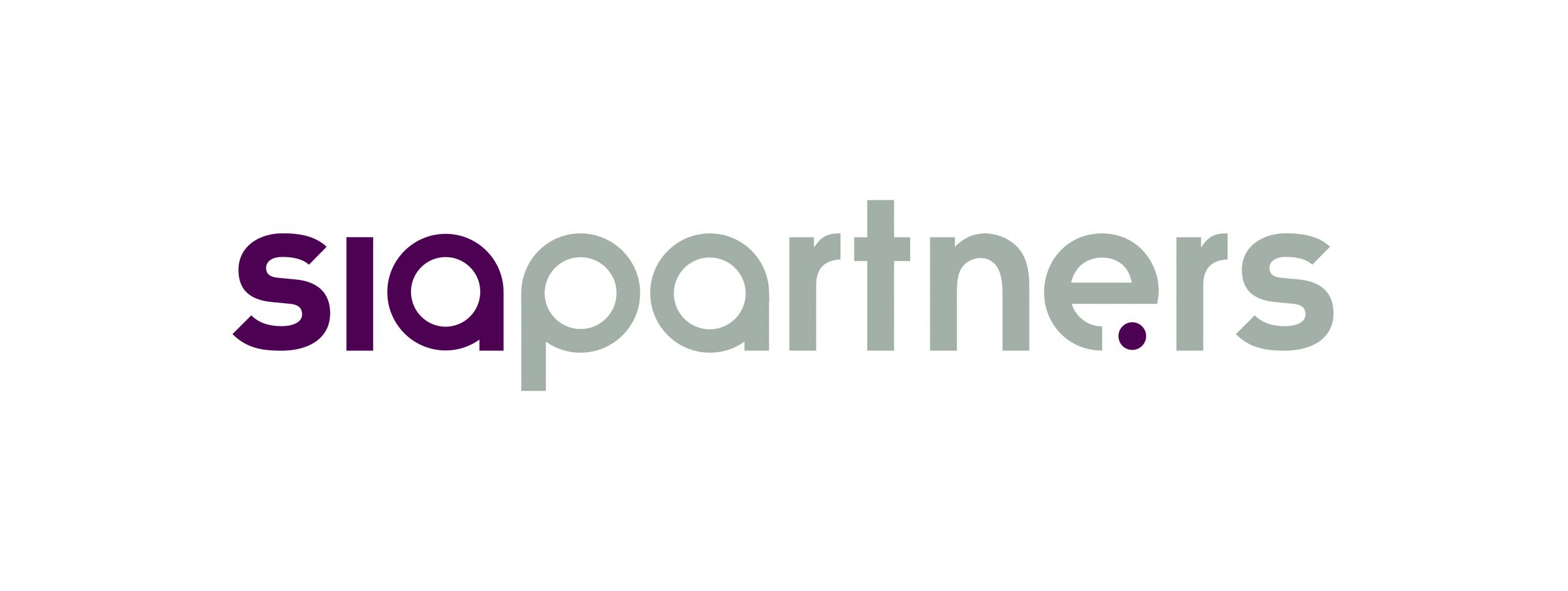Fintech (including Insuretech) has grown explosively over the past 5 years with a CAGR of +25%, leading to a Euro 50bn invested capital industry. This even excludes some of the bigger capital rounds by the more mature fintechs (like for instance Ant Financial). Most of this funding is US-based, but the rest of the world is catching up.
After record year 2019, COVID-19 hit the sector hard, with funding drying up for many with a -50% decline in the first 2 quarters of 2020. The larger and more mature fintechs like Revolut, Monzo and Thought Machine, are receiving the lion share of this, while smaller fintechs are struggling to receive additional capital, like P2P lender Funding Circle. While COVID-19 is offering some new opportunities, such as the accelerated digitization of banks and insurers, the fintech sector will also suffer from the same pain that banks are going through: low interest rates, plummeting transaction fees, lower customer lifetime value, and substantive credit losses. We are already observing this in funding cycles, with the exception of the area of Payments like Transferwise and Payit (17% of all fintechs, 16% of all capital) and Insurance like Fri:Day and Element (16% and 5%). All other parts of the market are experiencing significant funding declines: Personal Finance like Numbrs and Lendify (double hit of growth challenges and credit losses), SME Financing like Ebury and Funding Circle (credit quality), Wealth Management like Etoro and Nutmeg (flight to safety), and Capital Markets like Clearmatic and Opengamma (although the cost pressure in incumbents should bring this market back).
Fintechs still have structural advantages over incumbents: they are much better positioned in the post-COVID-19 acceleration to digital/remote servicing (in banking 2 years worth of digital adoption too place within just 2 ‘COVID’ months with 22% more first time regular app users), they exhibit a faster time to market, and nimbler teams and organization (often with high caliber talent). However with both growth and profitability declining for most, they stand to also loose some of their high caliber talent advantages, simply not able to keep on affording them (potentially leading to a vicious cycle of talent attrition).
In combination, with the funding flowing mostly to the big and mature fintechs, with the lower growth and profitability outlooks, and with the talent attrition, we expect that we will see a lot more forced relationships – fintech mergers (winner take all), and especially incumbent banks and insurers acquiring or acquihiring fintech teams to make them part of the existing ecosystem of services to their customers. A great example is Goldman Sachs’ Marcus, which started off the GE Capital banking platform and then acquired among others Final, claritymoney, and Bond Street. Also the ecosystem setups of Ping An, Ant Financial (Alibaba) and Tencent (WeChat/Bank/Sure) are role models for where the future seems to evolve towards: the Future is Together.
*all data from McKinsey’s Panorama Fintech database with 6,000+ fintechs profiled






























